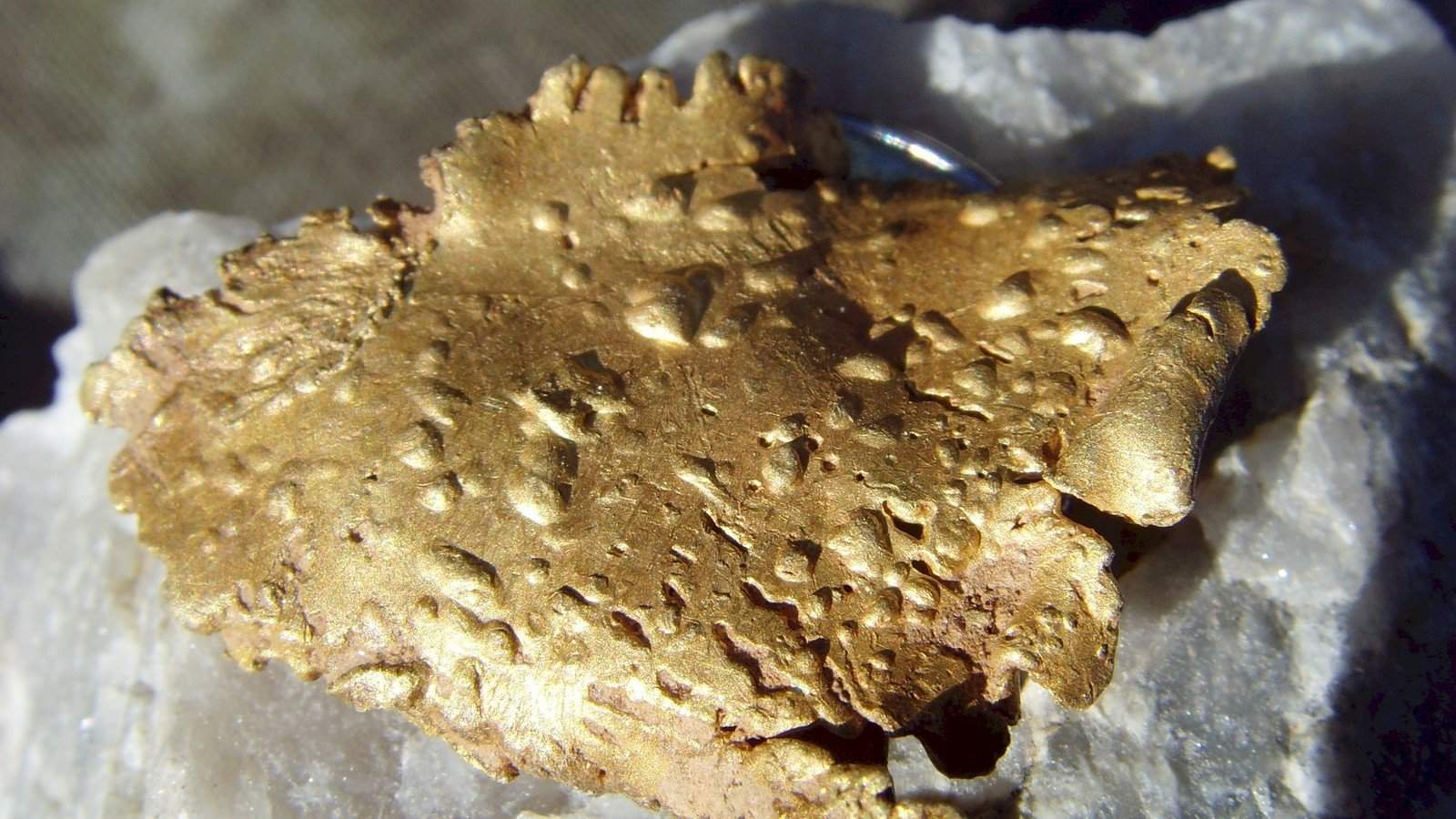Rover Metals has secured an $85,000 exploration grant from the Northwest Territories (NT) Government’s Mining Incentive Program (MIP) for its 100% owned Cabin Lake gold project.

Image: A gold mineral. Photo: courtesy of carlos aguilar/Freeimages.com.
The project totalling 400 hectares and located approximately 110 km northwest of Yellowknife, NT, Canada and 40 km northwest of the community of Behchokǫ̀, NT, Canada.
The NT Government’s Mining Incentive Program provides funding to exploration companies who propose new exploration projects in the NT or are already carrying out NT mineral exploration work. MIP grants are awarded based on a review by technical panel voting committee that consider the economic impact of exploration projects vis-à-vis planned NT government infrastructure and other criteria such as innovativeness of exploration approach.
The company will be conducting a multi-stage exploration program commencing in September, following a revised geological interpretation upon reviewing the recently acquired and very comprehensive exploration data for Cabin Lake that Rover Metals purchased from North Arrow Minerals.
The purpose of the September program is twofold: firstly, an airborne magnetic survey will further outline the iron formation which is known to contain gold mineralization; and secondly, the soil geochemical survey is to delineate additional gold mineralization along the highly prospective shear corridor and its intersects with satellite iron formations.
The previous exploration work done by Aber Resources (Grenville Thomas) in the late 1980’s, focused on a specific geologic model of gold exclusively associated to fold hinges of iron formations, a model that was very robust and worked well when interpreting other similar deposits, but not fully-adjusted for the Cabin Lake property.
In order to advance the property, Rover Metals proposes to test new zones that step out from the classic Iron Formation Gold deposit model and transition it to the shear-hosted gold deposit. Special emphasis will be put into improving the understanding on the structures controlling gold mineralization, and soil geochemistry and detailed ground magnetometer surveys will serve the purpose. The work program would be conducted in two phases.
The first phase, which will be completed in September, will focus on mapping, sampling, structural reconnaissance, ground-based magnetic survey, to test the surface expression of the new exploration model. The second phase, beginning in Q1-2019, will include up to 2,000 meters of NQ diamond-core drilling and will test the continuity of mineralization at depth.
Source: Company Press Release
